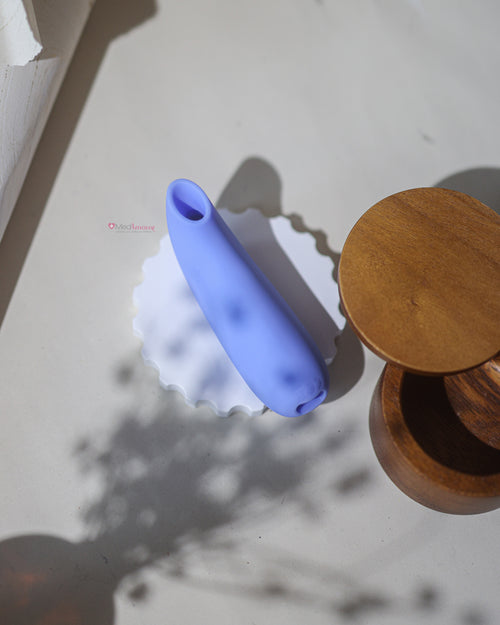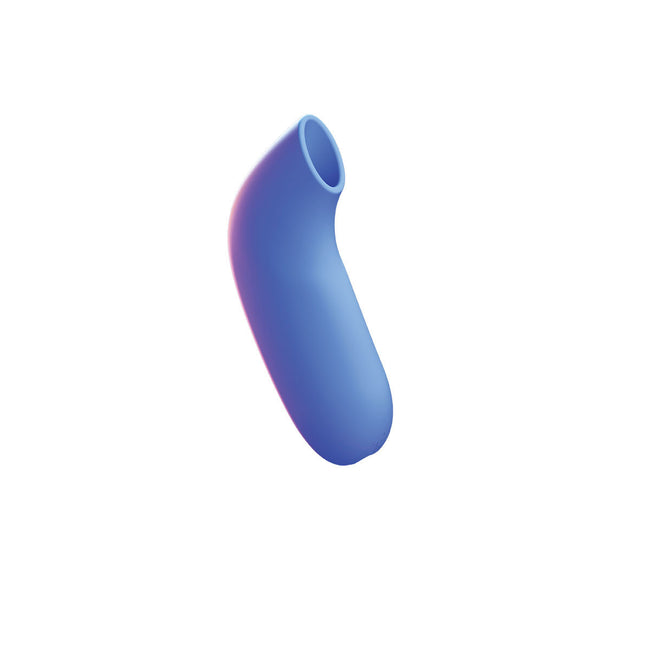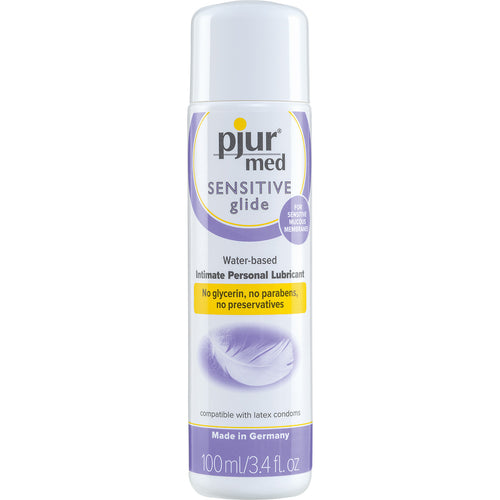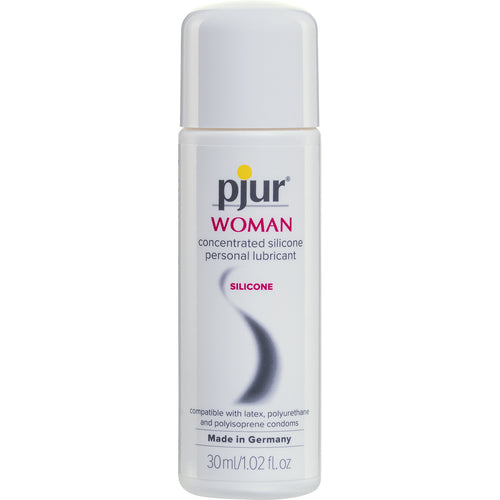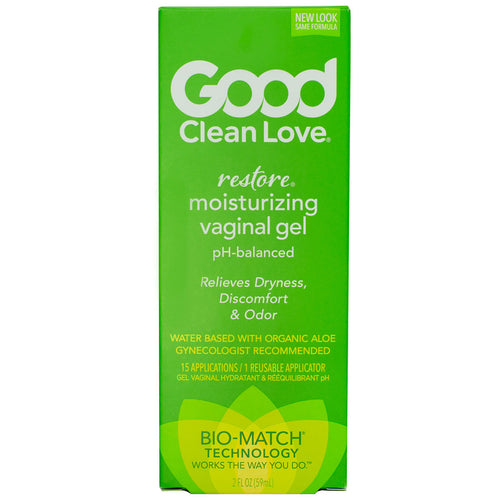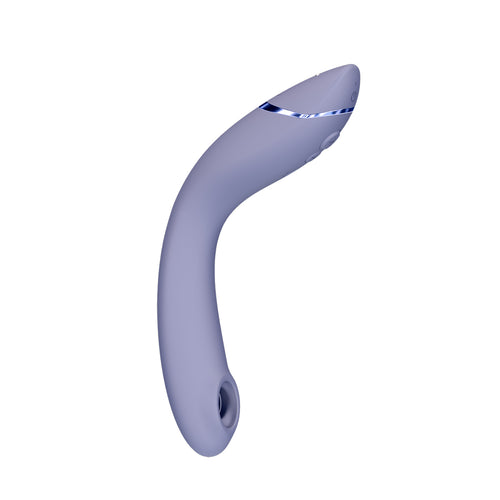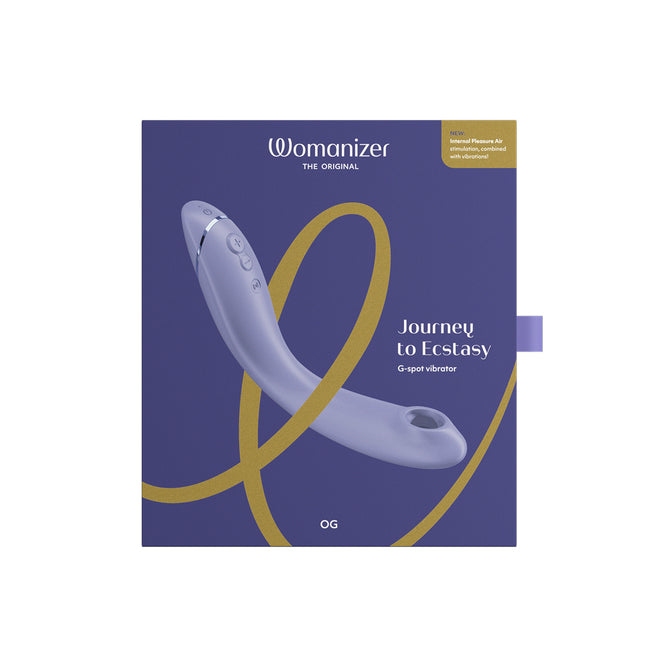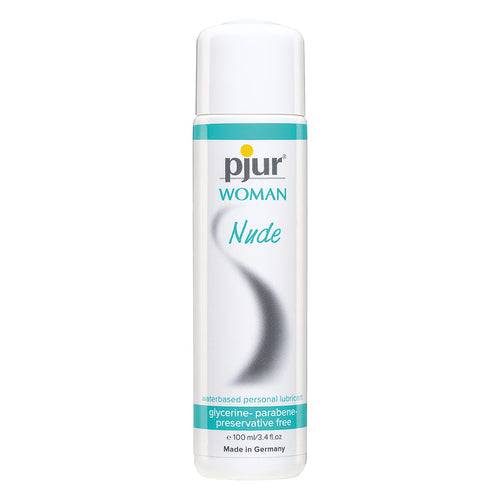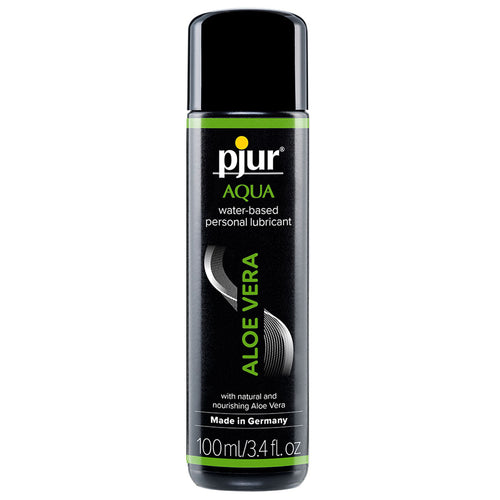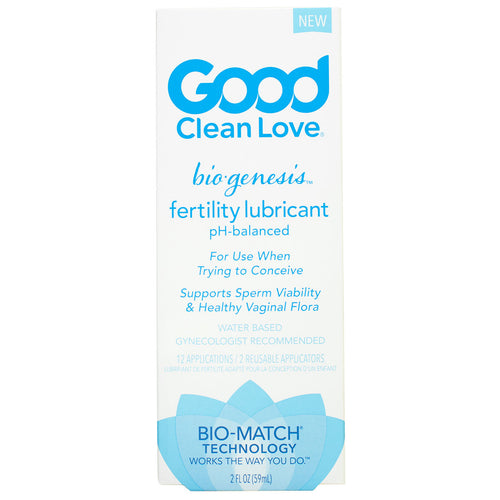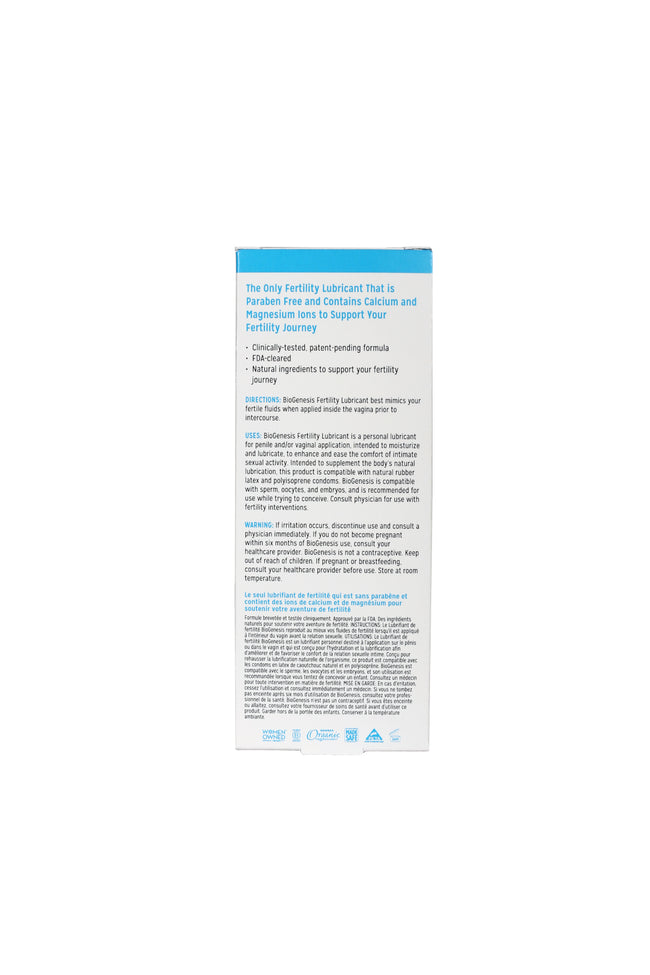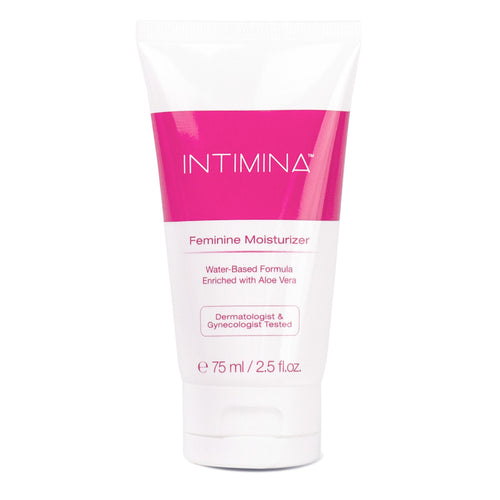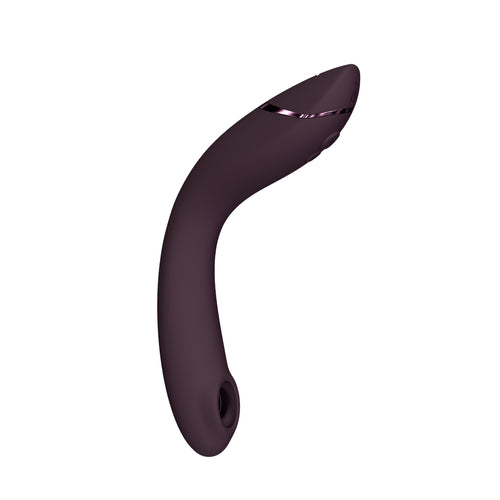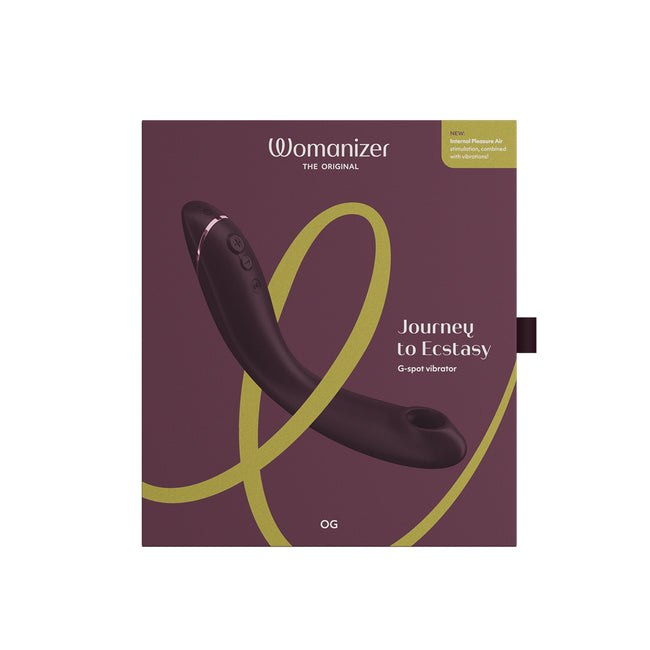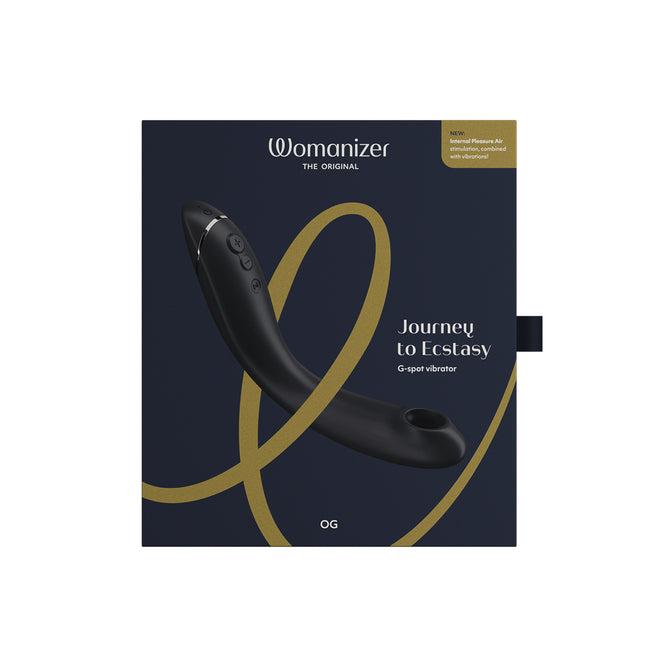Endometriosis

Endometriosis affects a great number of women, causing severe pain as well as a diminished intimate life. The information provided here can shed some light on this condition while also suggesting techniques, strategies and products that can help you enjoy intimacy more.
What is Endometriosis?
Endometriosis is disorder that is accompanied most often by pain—sometimes extreme—especially during menstruation. The pain is greater than typical cramps that occur during menstruation and notably the pain increases over time.
It is also important to note that some women have little to no pain at all—which can be the case with advanced endometriosis. Unfortunately, many women either mistake the symptoms as a different condition, do not discuss symptoms with their doctor, or have had their symptoms minimized by health care providers.
Symptoms can vary in range from moderate to severe, and can be seen to the sufferer as normal during menstruation.
Endometriosis symptoms include:
- Painful periods: cramping and actual pain within the pelvis can begin prior to a menstrual period and extend several days into the period. Lower back pain can accompany the cramping.
- Pain with sexual intercourse: Discomfort during and after sex
- Pain with bowel movements or during urination: Difficulty eliminating can be present
- Excessive bleeding: Heavy periods or even bleeding between periods can occur
- Infertility: Many times, women who are having difficulting conceiving will find out they actually have endometriosis when they seek infertility treatment
- Fatigue, Diarrhea, Constipation, Bloating and Nausea: These symptoms—typical to an ordinary menstrual cycle—are also present during endometriosis.
Because endometriosis can present itself as many other conditions, and can accompany some other conditions, it is important to track symptoms and see a doctor regularly to monitor changes of typical menstrual symptoms.
For example, irritable bowel syndrome (IBS) causes diarrhea, constipation and cramping and can accompany endometriosis. In addition, those three symptoms are typical experiences during a regular menstrual period.
Talking to your doctor
One of the first steps in working to alleviate your endometriosis pain is to first speak to your doctor. Although it has sometimes been routine for doctors to minimize symptoms related to endometriosis, be sure that you speak to a trusted doctor who listens. This could take some trial and error in finding the right doctor, but ultimately will help your overall well-being. Be an advocate for your pain and your health.
Physical Changes
When someone is diagnosed with endometriosis, it’s important to understand what is happening internally. Endometriosis can present with the following changes inside the uterus and pelvis:
- Abnormal cell growth
- Formation of cysts known as endometriomas
- Scar tissue
- Adhesion of tissues
Endometriosis causes physical changes to the uterus when tissue that normally is found inside the uterus, grows outside of it. This abnormal cell growth can include ovaries, fallopian tubes, and tissues lining the pelvis. At times, tissue may spread beyond the pelvic organs.
Because normal endometrial tissue is designed to thicken, break down and bleed (like in a normal menstrual period), the displaced tissue, behaves the exact same way. However, it has no way to exit the body and becomes trapped, so to speak. Therefore, cysts called endometriomas may form.
In addition, the surrounding tissue can become irritated resulting in scar tissue. Adhesions can occur; meaning at certain spots, pelvic tissues and organs will stick to each other.
Endometriosis Stages and its Progression
The endometrial tissue that is growing outside of the uterus is responding to normal hormonal changes, much the same as endometrial tissue within the uterus would do. Therefore, internal bleeding can occur during a menstrual cycle.
Depending on location, size, implantation or severity of adhesions and scar tissue, and amount of endometriomas, the condition can be categorized into four distinct phases.
Those suffering from endometriosis should be aware of which stage they have in order to speak with their doctor on how to best treat it and live with it on a daily basis. Diet and lifestyle changes can help fight or reduce symptoms.
Unfortunately, there is no cure for endometriosis, only treatment depending upon its stage:
Stage I or minimal
A low number of adhesions and endometrial implants outside of the uterus are observed.
Stage II or mild
An increased number and slightly deeper implants (but less than 5 cm) in total are seen.
Stage III or moderate
There are numerous deep implants and small endrometriomas present in one or both ovaries. Some scars and/or adhesions are present.
Stage IV or severe
Multiple deep implants and large endrometriomas on either or both ovaries are present. There are thick adhesions present that involve other organs.
Stages III or IV may include surgical procedures such as laparoscopy or excision. A licensed healthcare provider can help determine the best course of action.
What Causes Endometriosis?
It is not known exactly what causes endometriosis; there are only possible explanations that are widely varied. A woman’s awareness of this condition is very important because although there are no known causes, risk factors have indeed been determined. Some of these risk factors cannot be avoided and some can. They include:
- Never giving birth
- Starting a period at an early age
- Going through menopause at an older age
- Short menstrual cycles
- High levels of estrogen
- Low body mass index
- Consumption of alcohol
- A close blood relative with endometriosis
- Any condition that prevents the passage of menstrual flow
- Any uterine abnormalities
Clearly, many of these cannot be avoided. The best bet is to get regular check-ups from a healthcare provider, track any and all symptoms, and stay healthy following general guidelines.
Keep in mind that endometriosis can appear several years after one’s first period. In addition, during pregnancy, symptoms may subside and with menopause, symptoms will cease.
This allows for approximately 20 to 30 years when endometriosis can affect someone. Unfortunately, it typically presents itself or someone becomes aware of it when they try to start a family. Infertility is a symptom that cannot be mistaken for strong cramping or IBS.
Sex and Endometriosis
Because endometrial tissue can grow behind the vagina and into the lower part of the uterus affecting ligaments and nerve tissue, sexual intercourse can be painful. In fact, about two-thirds of women living with endometriosis have reported pain with sex.
Endometriosis and Dyspareunia
Pain with intercourse, called dyspareunia, can differ from woman to woman. Some reports include dull mild aching to intense stabbing pain. The depth of penetration can—or won’t—affect the pain.
Unfortunately, pain can last up to two days after sex. A woman can get familiar with the stage of endometriosis she has and then experiment with different strategies in order to avoid pain during sex. These strategies include:
Communication with partner
Many times, thoughts of the condition can interfere with being intimate. It is helpful to talk to a sexual partner about concerns and share the knowledge that pain may occur. Having strategies of what to do if there is pain and helping a partner understand what they can do to help avoid any uncomfortable physical sensations can alleviate anxiety. Sharing the knowledge can add to relaxation and help reduce muscle tension.
Different positions
Don’t be afraid to experiment with different sexual positions. A change in angle can help provide relief or mitigate some pain. Try using pillows or a sexual support device to prop the body.
Timing
Because endometriosis can flare up around a menstrual cycle, a good window of opportunity to enjoy sex is from the last day of a period until just before ovulation, then again after ovulation until a few days before the next period begins. Track your cycles and schedule time for intimacy.
Devices and products
Products listed in this category include those that ease or minimize pain, allow the body to be in a comfortable position or avoid penetration or internal stimulation. Since the vaginal tissues may already be somewhat sensitive, it is important to use lubricant. This can help moisturize and ease friction that might otherwise irritate. It can also help moisturize sensitive tissues.
External or clitoral stimulation with a vibrator could also be enjoyable vs. attempting intercourse or other penetration. However, some women find that achieving orgasm causes additional pain due to the physical response of orgasm. Many women have also found that lubricants or other products that can be used internally which contain CBD or Hemp Oil can sometimes provide pain relief.
Natural Support Plans
Because there is no cure for endometriosis, the biggest weapon in combating symptoms is knowledge. Knowing the stage of the condition can help. In addition, hormone therapy has been known to help sufferers a great deal.
Because endometriosis can affect a woman throughout a large part of her life, natural therapies are suggested, including:
- Relaxation techniques and exercise
- Dietary changes to reduce inflammation
- Support for reducing stress
- Natural supplements for hormone balance
References
https://www.mayoclinic.org/diseases-conditions/endometriosis/diagnosis-treatment/drc-2035466
http://natural-fertility-info.com/stages-of-endometriosis.html
https://www.everydayhealth.com/womens-health/why-sex-hurts-with-endometriosis.aspx
https://www.medicinenet.com/endometriosis/article.htm#endometriosis_definition_and_facts
- 1 of 1

